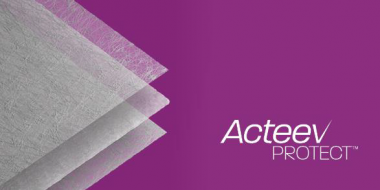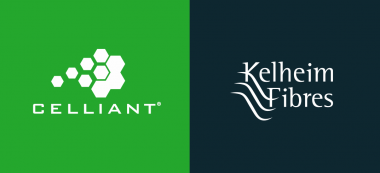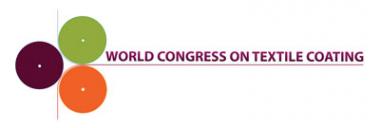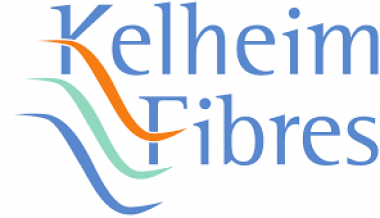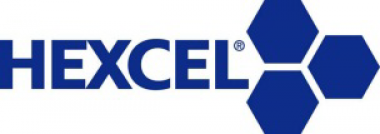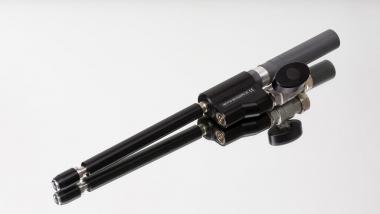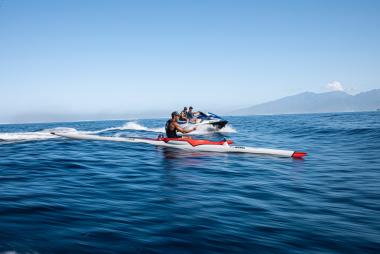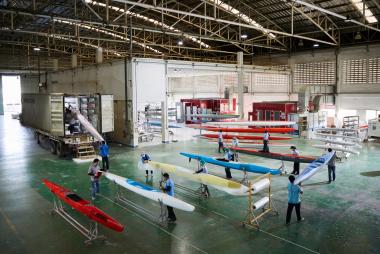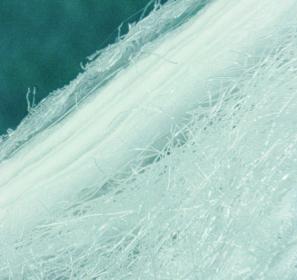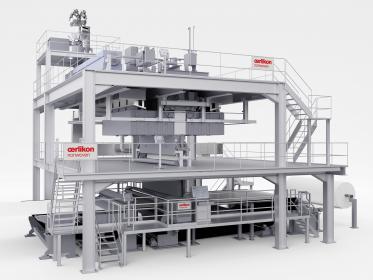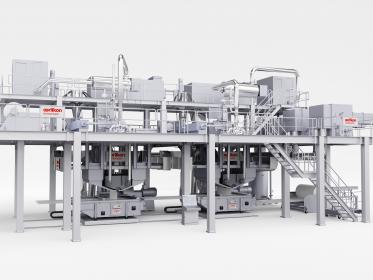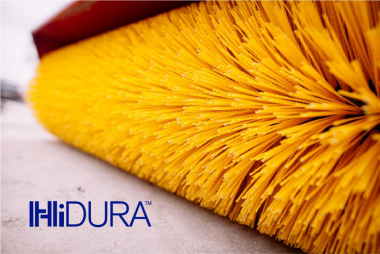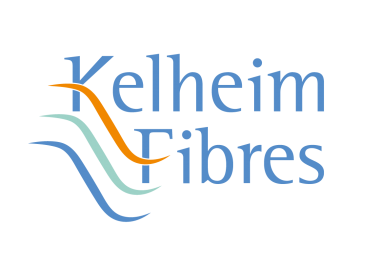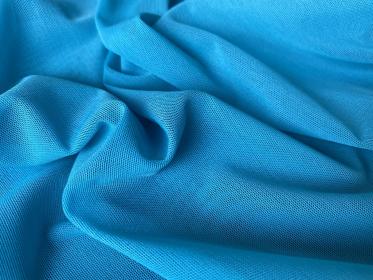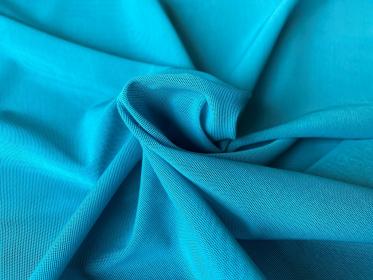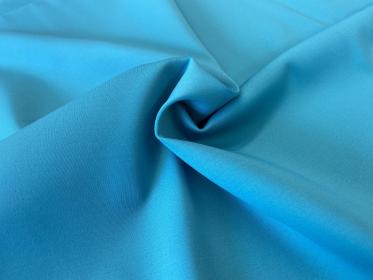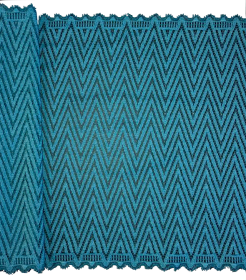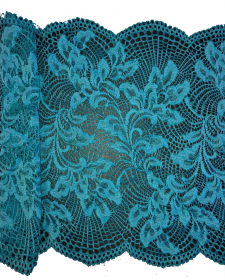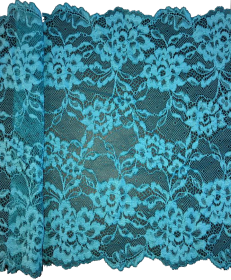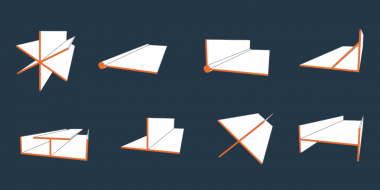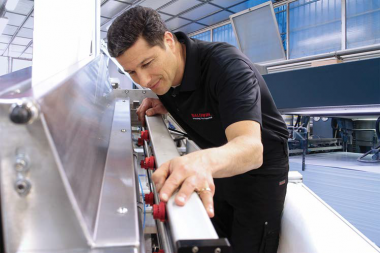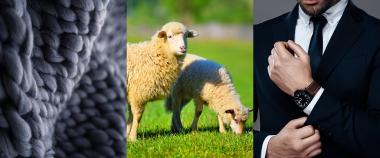Ascend Performance Materials: Sorpol Ltd. brings American antiviral technology to Israel
Sorpol Ltd., a leading importer and distributor of industrial raw materials in Israel, has launched a website to sell Acteev Protect™ masks, made in the USA by polyamide manufacturer Ascend Performance Materials. The two companies also plan to partner in the distribution of Acteev surgical masks, N95 respirators, nonwoven media and textile fabrics as they become available.
Laboratory tests have demonstrated Acteev fabric effective at deactivating 99.9% of the viruses SARS-CoV-2, the cause of COVID-19, and H1N1, a flu virus. Acteev technology also eliminates bacteria and fungi.
Ofer Soreq, Sorpol’s marketing director, said the Acteev Protect line fits in neatly with the mission of the company.
Recent testing on Acteev fabric completed at the University of Cambridge has demonstrated that Acteev technology deactivates the virus that causes COVID-19, SARS-CoV-2, with 99.9% efficacy on contact. Ascend has submitted several masks designs to the U.S. Environmental Protection Agency and the U.S. Food and Drug Administration to obtain the appropriate regulatory clearances to make specific claims regarding the technology’s antiviral properties in the United States.
In addition to antiviral, antifungal and antibacterial protection, the washable, reusable masks are lightweight, breathable and odor-fighting, making them comfortable to wear during a long shift at work or for outdoor workouts.
Acteev Protect shows promise for use beyond masks, according to Ascend. The technology was originally developed for workout wear, and now the company is working on textile applications ranging from gloves to scrubs to high-end athleisure
EMG / Ascend Performance Materials


